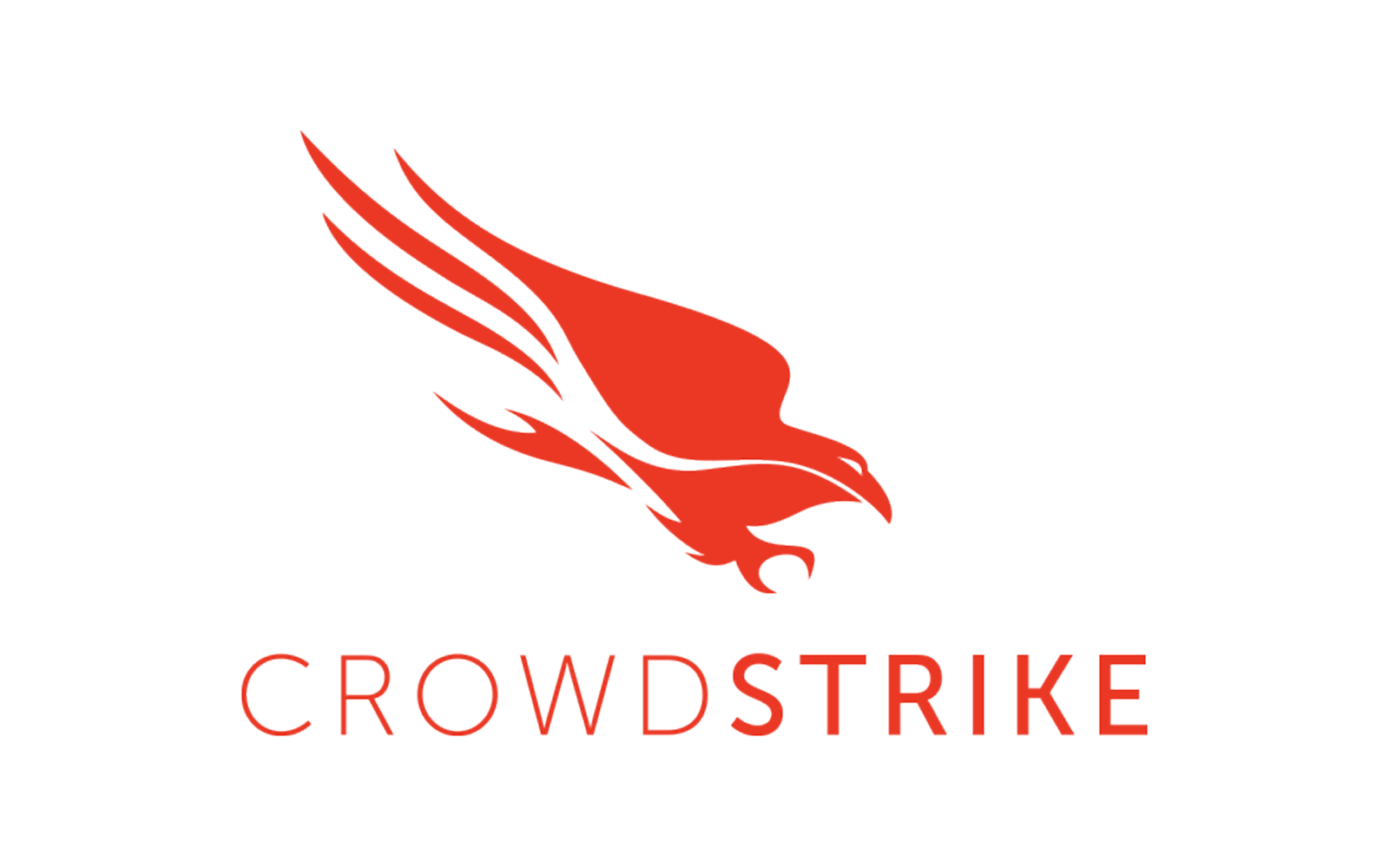
CIOs know all too well the sleepless weekends and drawn-out war rooms that come with migrating critical workloads. Whether it is a core SAP system or a suite of tightly coupled databases, the idea of relocating them without risk or disruption has long felt like a fantasy. Migrations have traditionally meant downtime, delays, and difficult trade-offs between precision and speed.
That assumption is no longer valid.
With the maturity of VMware Cloud Foundation and the integration of tools like HCX and vMotion, the reality of seamless, zero-disruption workload migration is here. In this new model, moving production systems no longer requires application freezes, late-night cutovers, or high-stakes failbacks. Instead, it becomes a methodical process enabled by software-defined infrastructure and intelligent orchestration.
This article explains how these technologies work, why they matter, and how CIOs can leverage them to accelerate cloud initiatives without compromising operational stability.
Live Migration Reimagined
At the core of this capability is the combination of vMotion and VMware HCX. While many CIOs are familiar with vMotion as a means of live virtual machine migration within a data center, HCX extends this principle across hybrid environments. HCX acts as the bridge between the on-premises data center and the destination cloud environment, such as IBM Cloud or another VCF-based deployment.
Here is how it works in practice. HCX performs a full environment discovery and compatibility assessment. It establishes a secure interconnect between source and destination, optimizes the network path, and begins streaming the disk data of the workload in the background. Once the synchronization reaches near parity, vMotion takes over to move the active memory and compute state. The result is a live workload that appears to "teleport" from on-premises to the cloud, all while the application remains online and users continue working.
There is no shutdown. There is no restart. There is no outage.
For CIOs overseeing mission-critical systems like SAP ECC or SAP S/4HANA, this is not just a technical feature. It is a fundamental shift in operational posture.
Layer 2 Extension: The Hidden Enabler
One of the most underestimated barriers to seamless migration is the network. Specifically, the challenge lies in IP address continuity and routing consistency. If a virtual machine moves from one site to another and its IP address changes, the surrounding applications and integration points must also be reconfigured. This is both error-prone and time-consuming.
VMware HCX addresses this through Layer 2 network extension. It creates a virtual network overlay that spans the source and destination sites. This allows migrated virtual machines to retain their original IP addresses and continue operating as if they never moved. No changes are required in DNS, firewall policies, or application configurations. From the network's perspective, the VM never left.
This Layer 2 extension is particularly important in environments with complex application topologies, such as those running SAP with custom portals, external interfaces, and third-party data services. It ensures continuity and eliminates the risk of breaking interconnected services during migration.
Reframing SAP Migration Anxiety
SAP migrations have historically been some of the most painful for CIOs to consider. The size, complexity, and interdependence of these systems make them difficult to lift and shift. Add in custom modules, third-party connectors, and regulatory concerns, and the migration becomes a high-wire act.
However, with VMware HCX and VCF, the SAP landscape is not treated as a collection of fragile systems. It is treated as a dynamic, manageable workload. Entire environments, including production, quality assurance, and sandbox instances, can be discovered, replicated, and migrated with minimal business impact.
This approach also supports phased migration strategies. Non-critical systems can move first for testing and validation. Once confidence is established, production can follow. The architecture supports rollback scenarios, traffic mirroring, and post-migration monitoring, giving CIOs full control throughout the process.
When SAP systems are hosted on Power Virtual Servers in IBM Cloud, the benefits compound. The SAP-certified infrastructure ensures compatibility, and the joint support model across VMware, IBM, and SAP creates a fully backed environment for enterprise workloads.
The New Migration Playbook
In this modern approach, cloud migration is no longer a one-time event requiring an all-hands call. It is a continuous capability. It enables hybrid strategies, temporary failovers, multi-site DR simulations, and elastic scaling between environments.
More importantly, it repositions migration as a business enabler. Organizations can now shift workloads closer to customers, respond to data sovereignty laws, or take advantage of optimized infrastructure pricing without technical debt slowing them down.
This is the CIO’s opportunity to lead with confidence. Migration is no longer something to survive. It is something to master.
Key Takeaway
If your team is still planning for outage weekends, you are missing the point of hybrid cloud. With VMware HCX and Cloud Foundation, migration is no longer defined by disruption. It is defined by control, flexibility, and resilience. The downtime window is no longer a constraint. It is an outdated assumption.








.png)


-1.png)

-1.png)


.png)